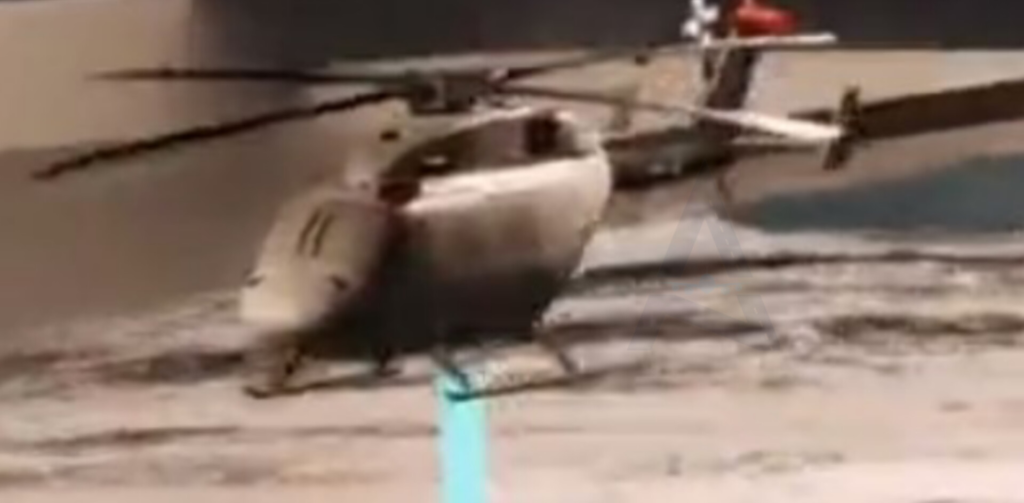Hindustan Aeronautics Limited (HAL) has unveiled unmanned variants of its Dhruv Advanced Light Helicopter (ALH) and Light Utility Helicopter (LUH) for reconnaissance and cargo missions. This strategic move aims to enhance the capabilities of the Indian armed forces by leveraging advanced unmanned aerial vehicle (UAV) technology.
The unmanned versions of the Dhruv and LUH are designed to perform a variety of missions with a focus on flexibility and operational efficiency. By integrating state-of-the-art autonomous systems, these helicopters can undertake high-risk reconnaissance missions and transport essential supplies without exposing pilots to danger.
HAL’s unmanned Dhruv variant is equipped with sophisticated sensors and surveillance systems, enabling it to conduct detailed reconnaissance and gather critical intelligence in challenging environments. This variant is capable of real-time data transmission to ground control stations, providing military commanders with timely and accurate information.
The unmanned LUH variant is designed primarily for cargo duties, capable of transporting supplies, equipment, and even medical aid to remote or inaccessible areas. This variant offers significant logistical advantages, reducing the need for manned flights in hazardous conditions and ensuring vital resources reach frontline troops swiftly and safely.
According to HAL officials, the development of these unmanned variants is part of the company’s broader commitment to advancing UAV technology and meeting the evolving needs of the Indian defense sector. The unmanned Dhruv and LUH leverage the proven airframes of their manned counterparts, ensuring reliability and performance while incorporating cutting-edge autonomous capabilities.
The introduction of unmanned helicopters is expected to provide a strategic edge to the Indian armed forces. These platforms can operate in high-threat environments, conduct extended surveillance missions, and support disaster relief efforts without risking human lives. Additionally, their ability to carry out resupply missions autonomously can significantly enhance the efficiency and effectiveness of military logistics.
HAL’s initiative aligns with the Indian government’s push for self-reliance in defense technology and the broader trend towards unmanned systems in modern warfare. The company is working closely with the Indian armed forces to finalize specifications and ensure that the unmanned variants meet all operational requirements.
Field trials and evaluations are scheduled to begin soon, with HAL aiming for rapid induction into service upon successful completion. The unmanned Dhruv and LUH are expected to become integral components of India’s defense strategy, bolstering the nation’s reconnaissance and logistics capabilities.
As HAL continues to innovate and expand its UAV offerings, the successful deployment of these unmanned helicopters could pave the way for further advancements and new applications in both military and civilian sectors.



